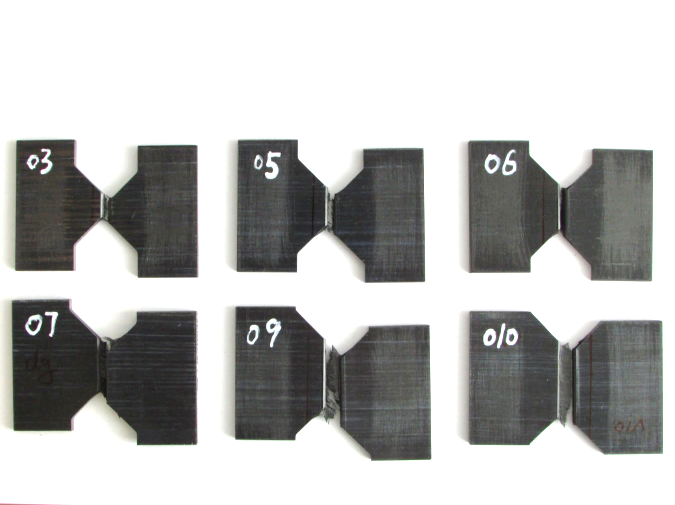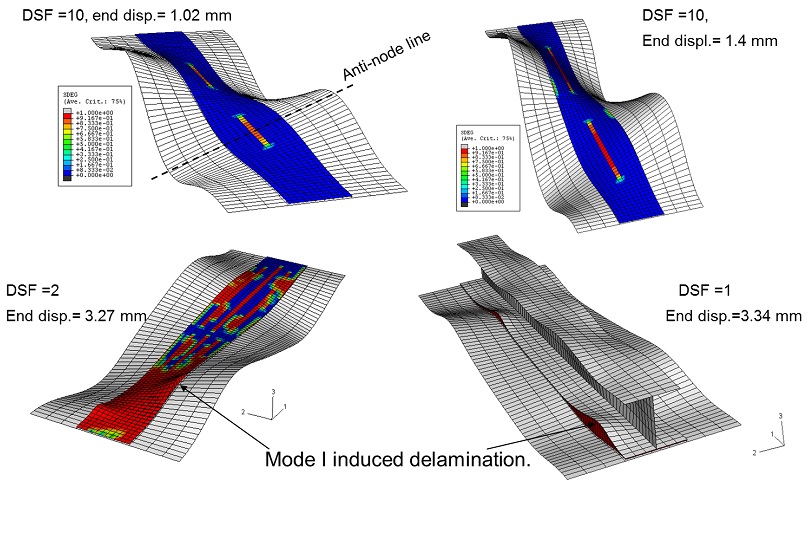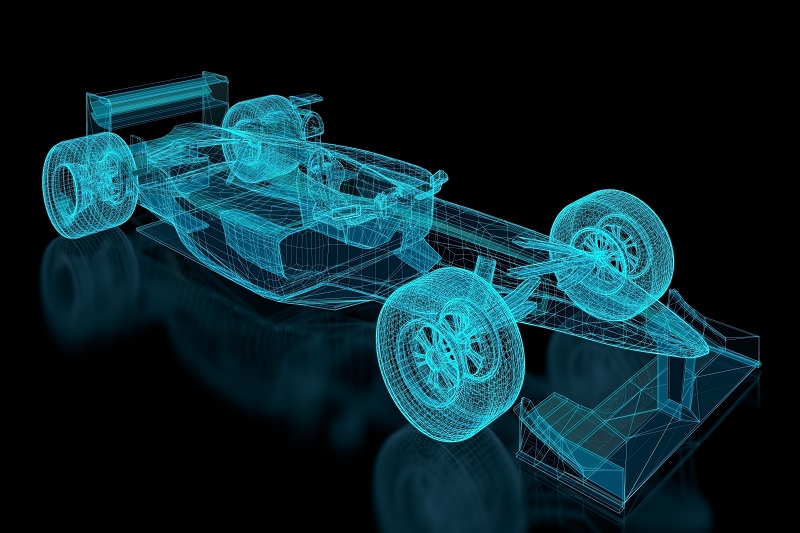Composite Research at Queen’s
A Global University at the Cutting Edge of Composite Research, Achieving Real-World Impact Locally, Nationally and Internationally.
Our world-leading multidisciplinary researchers focus on the science and engineering of composite materials and structures, delivering impact through commercialisation and knowledge exchange.
We work with partners across the University, regionally, and beyond, to transform a dependency on traditional manufacturing into a knowledge-based, data-driven economy.

NANO-ENHANCED COMPOSITES
The composite group at the School of Mechanical and Aerospace Engineering at QUB has extensively explored nano-enhanced composites. Our research has bridged fundamental investigation of nanomaterials and development of innovative nano-enhanced composites.
Notably, an EPSRC-funded project explored the use of various carbon nanotube (CNT) assemblies within composite aerostructures. High-quality CNTs, synthesised within the Advanced Composites Research Group’s laboratory, were employed to enhance the fracture toughness, and several other characteristics of these composites.

NANO-ENHANCED COMPOSITES
A further exemplar is the MACANTA project, where the combined properties of different carbon nanotube assemblies were harnessed to fabricate multifunctional advanced composite aerostructures.
This initiative deepened the understanding of the influence of different CNT assemblies on developing multifunctional composites. With the completion of these projects, significant strides have been made in the fascinating domain of nano-enhanced composites.

ADVANCED COMPUTATIONAL MODELLING
Leading the development of state-of-the-art modelling capability, enabling manufacturers of advanced composite structures to reduce the extent of physical testing through virtual testing and design.
Research projects focussing on the prediction of (i) damage in composite structures, when subjected to impact loading, and the associated residual strength when these structures are placed under compressive loading; (ii) the energy absorbing capacity of composites structures during a crash event to assess a composite structure’s crashworthiness.
.

THERMOPLASTIC COMPOSITES
In the composite group at Queen's, numerous research projects have been conducted, centred around the manufacturing and application of thermoplastic composite materials. A notable instance is the COMINO (Composite Injection Overmoulding) project (2016-2019). This project was a collaborative effort with Denroy Plastics, Collins Aerospace UK, Thales UK, Datum Design, and CCP Gransden, facilitated through the Northern Ireland Advanced Engineering (NIACE) centre. The initiative primarily explored the applicability of injection overmoulding of composite laminates in the creation of aircraft components, with various test specimens and technology demonstrators manufactured and characterised.

THERMOPLASTIC COMPOSITES
Following the COMINO project, a Knowledge Transfer Partnership (KTP) collaboration with Collins Aerospace ensued from 2021 to 2023. Moreover, the EPSRC funded OVERCOMP project, set to commence in early 2024, will continue to advance this line of research.

MATERIAL CHARACTERISATION
At the heart of every numerical model is the requirement of appropriate material data. Research is underway to develop reliable material characterisation tests at quasi-static and high strain rates.
The acquisition of intralaminar fracture toughness remains a considerable challenge owing to the emergence of new composite material systems with tougher, stronger or stiffer constituents. Research is underway to explore novel approaches towards the development of fracture toughness tests with wide applicability.

STRUCTURAL APPLICATIONS
The Advanced Composites Research Group is developing a number of technologies in close collaboration with industrial partners to address their needs.
Both low and high TRL research activities are conducted. High TRL projects include a research project with Spirit AeroSystems Belfast & Wrightbus to explore the development of cost-effective composite repair methodologies. Another project with Denroy Plastics is exploring the interfacial bonding of thermoplastic laminates overmoulded with injected thermoplastic.

FORMULA 1 COMPOSITE STRUCTURES
Predicted the crashworthiness of Formula 1 composite automotive structures.
This project, supported by McLaren F1, focused on improving computational tools to predict the energy absorption/crashworthiness of Formula 1 composite structures. This work was motivated by the need to reduce the extent of costly and time-consuming physical testing in the development of new monocoque F1 composite structures.

CRASHWORTHINESS
ICONIC: Improving the crashworthiness of composite transportation structures
ICONIC was an EU Horizon 2020 Marie Skłodowska-Curie Actions Innovative Training Network which brought together 15 Early Stage Researchers in an integrated, multidisciplinary and highly innovative €4M research and skills development programme, to develop a new generation of lightweight composite transportation structures with superior crashworthiness.

ADVANCED MANUFACTURING INNOVATION CENTRE (AMIC)
Read more about AMIC - the interface between academia and industry, where we create new opportunities for innovative manufacturing and support businesses to scale-up research and development within a smart factory setting, in the Belfast City Region.
AMIC Sustainable Composites
AMIC Sustainable Composites are showing the way forward in bio-composite technologies and more sustainable supply composite chains. Using naturally sourced fibres such as hemp and flax, together with bio-derived resins, the AMIC team in collaboration with researchers from Ulster University, are innovating to create composites with minimal environment impact and as little embedded carbon as possible. A significant focus has been placed on re-establishing a natural fibre supply chain in Northern Ireland, which was once a global powerhouse for natural fibre textiles, as well as for rope for the shipping industry.